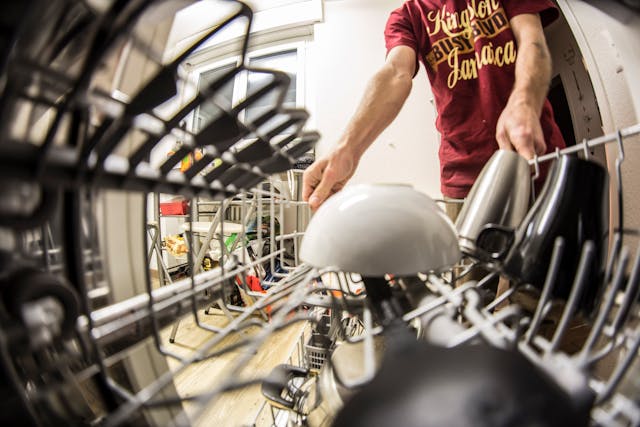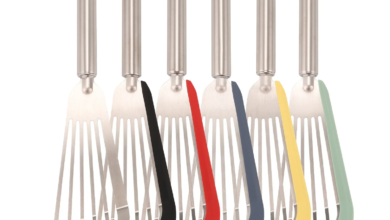Common Problems in Recent Generation Dishwashers and How to Solve Them

1. Poor Cleaning Performance: One of the most common complaints about modern dishwashers is that they sometimes fail to clean dishes thoroughly. This can be attributed to various factors such as clogged spray arms, a dirty filter, or incorrect loading of dishes.
Solution:
- Clean the Spray Arms: Remove and clean the spray arms to ensure there are no blockages. Use a toothpick or a soft brush to remove any debris from the holes.
- Check the Filter: Regularly clean the dishwasher
- filter to prevent food particles from blocking water flow. Rinse it under running water and use a soft brush if necessary.
- Proper Loading: Ensure dishes are loaded according to the manufacturer’s instructions, avoiding overcrowding. Plates should face inward, and utensils should be placed in the designated basket to avoid nesting.
2. Residual Water in the Dishwasher: Finding water at the bottom of the dishwasher after a cycle is another common issue. This often results from clogged drains or a faulty drain pump.
Solution:
- Clear the Drain: Inspect and clean the dishwasher drain. Remove any food debris or obstructions that might be causing the blockage.
- Check the Drain Hose: Ensure the drain hose is free from kinks and blockages. If necessary, detach and rinse the hose to remove any clogs.
- Inspect the Drain Pump: If the problem persists, check the drain pump for any blockages or damage. Replacing a faulty pump may be required.
3. Unpleasant Odors: Dishwashers can sometimes emit unpleasant smells due to food particles trapped in the filter, drain, or other parts of the machine.
Solution:
- Regular Cleaning: Clean the dishwasher regularly, including the filter, spray arms, and door seals. Use a dishwasher cleaner or a mixture of baking soda and vinegar to remove any lingering odors.
- Run Hot Water Cycles: Periodically run an empty hot water cycle with a cup of vinegar placed on the top rack to disinfect and deodorize the interior.
- Check for Mold: Ensure the dishwasher is dry when not in use to prevent mold growth. Leave the door slightly ajar after a cycle to allow moisture to escape.
4. Leaking: Leaks can occur due to a faulty door seal, loose hose connections, or issues with the water inlet valve.
Solution:
- Inspect the Door Seal: Check the door gasket for cracks or wear. Replace it if it’s damaged to ensure a tight seal.
- Tighten Connections: Examine and tighten all hose connections to prevent water from leaking.
- Replace the Water Inlet Valve: If the leak is due to the inlet valve, replacing the valve might be necessary. Ensure it is installed correctly to avoid further issues.
5. Noisy Operation: Dishwashers making unusual noises can be a sign of loose parts, worn-out bearings, or a malfunctioning pump.
Solution:
- Secure Loose Parts: Check for and secure any loose screws or parts that might be causing the noise.
- Inspect the Pump and Motor: If the noise persists, the pump or motor bearings may need replacement. Consult the manufacturer’s guidelines or a professional technician for this repair.
Regular maintenance and addressing minor issues promptly can significantly extend the lifespan and performance of your dishwasher.





